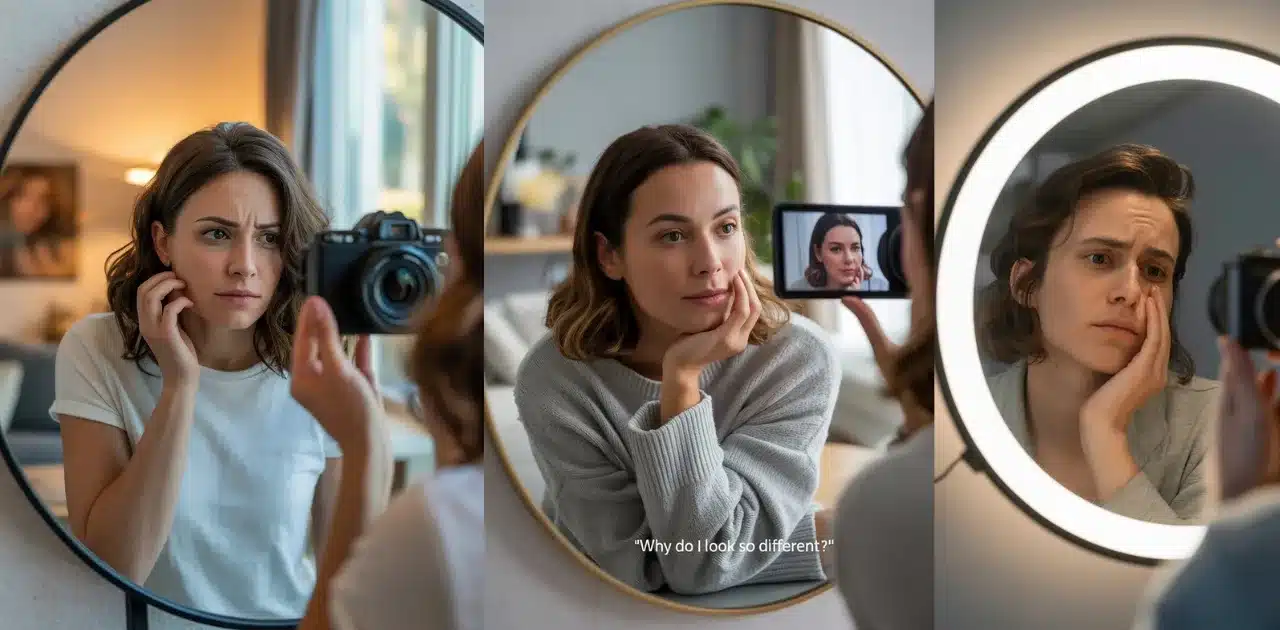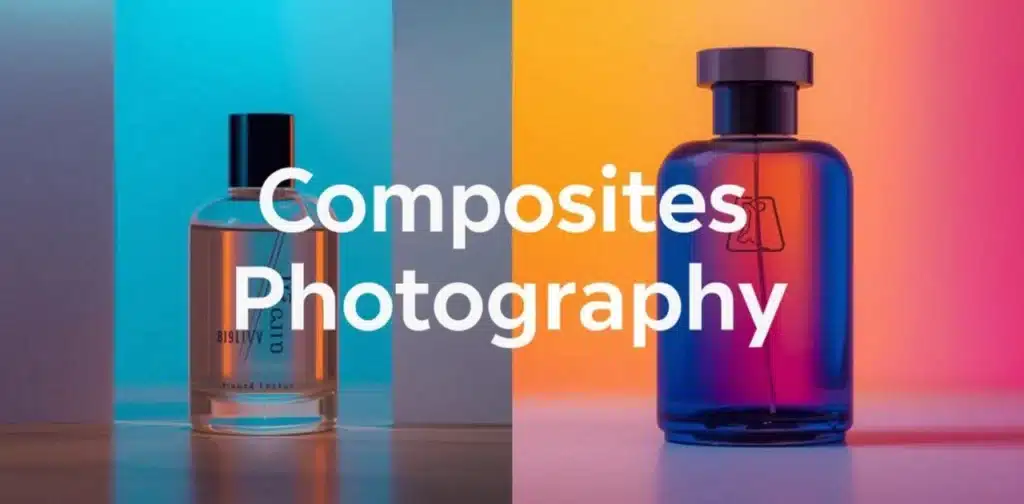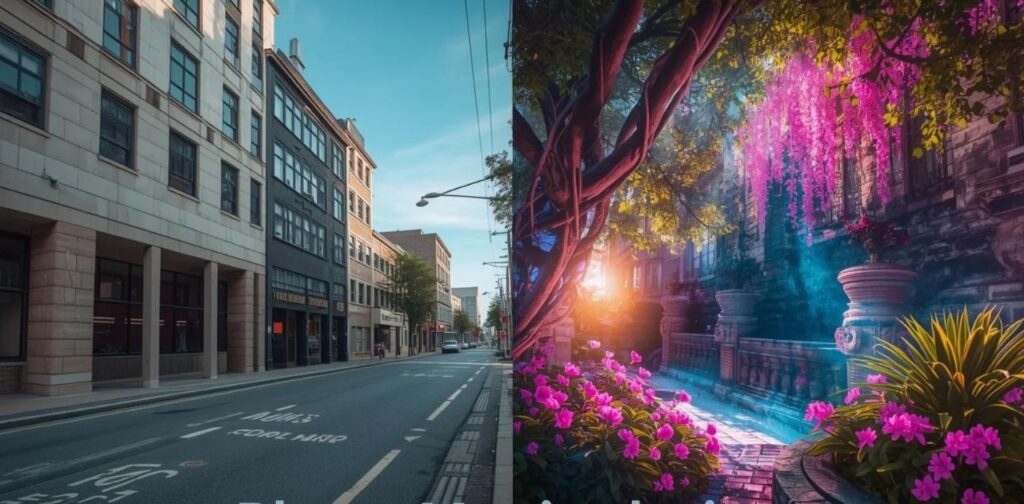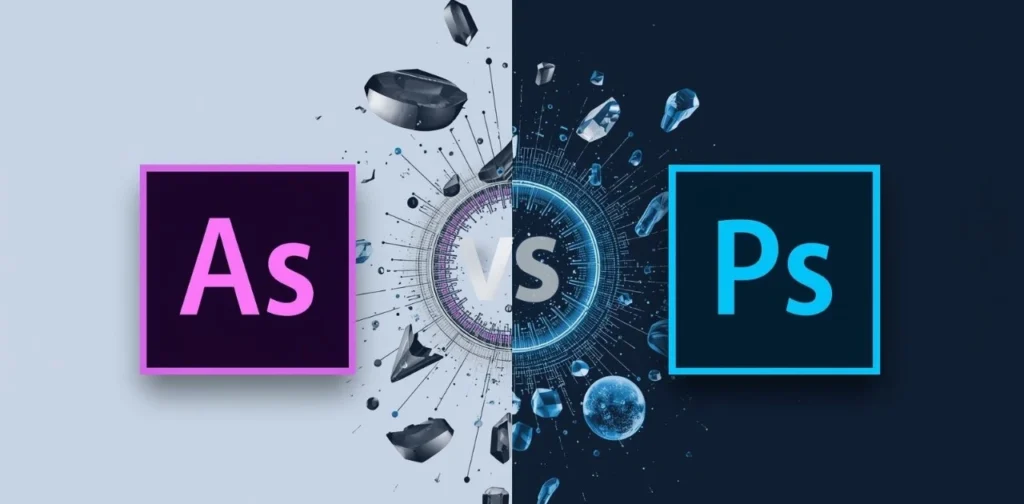Mirror vs Camera, it’s a comparison that confuses many. The mirror shows a reversed image you’re used to, while the camera captures you from angles and lighting that can feel unfamiliar. So which one is accurate?
Truth is, neither shows the full picture. The mirror feels familiar, the camera feels real—but both have their flaws. In this post, you’ll discover why they look different and which one comes closer to how others see you.
Mirror vs Camera: The Core Differences
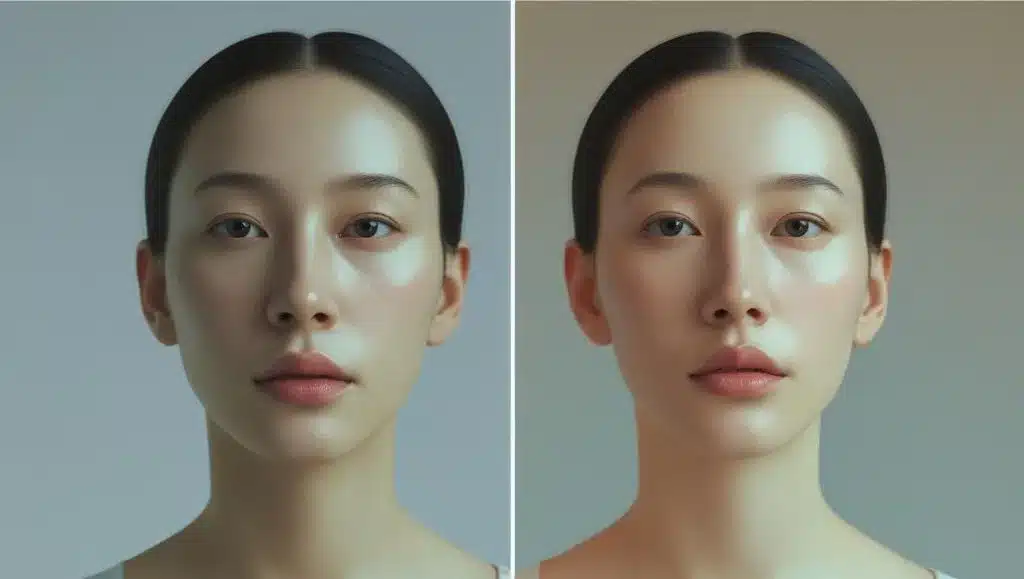
A mirror shows you a reversed version of yourself. It flips left and right, so the face you see every day isn’t how others actually see you. A camera, on the other hand, captures your face as others would view it—from a fixed angle, under specific lighting, with no flips. That’s why the person in your photos might feel like a stranger.
Think of it like this:
Mirror = reversed reflection
Camera = one-angle snapshot
But that’s only part of the story. Our brain plays tricks too. We’re used to the mirror version because we see it all the time. It becomes our “normal.” So, when a photo shows us something different, it can feel off—even if it’s technically more accurate.
This is where the question really starts: mirror vs camera vs real life—what’s more accurate? Is the mirror showing your true self, or is the camera a better reflection of how others see you?
From what I’ve seen personally, mirrors feel comforting. You get used to your angles and expressions. But once I started recording videos of myself for work, I realized my mirror face wasn’t the full picture. It’s strange at first, but once you adjust, the camera stops feeling so harsh.
So, mirror or camera—which is more accurate? The answer depends on what you mean by “accurate.” If it’s familiarity you want, the mirror wins. If it’s a real-world view, the camera might come closer. Reality sits somewhere in between.
Are Mirrors More Accurate Than Cameras?
A common question people ask is: Is a mirror more accurate than a camera? Many say yes—because it feels familiar. But just because it feels right doesn’t mean it shows the full picture.
Mirrors give you a live view. You can adjust your angle, smile, or lighting instantly. That real-time control makes mirrors feel more natural. You see yourself in your favorite light—literally.
Why mirrors feel accurate:
- They reflect your face in real-time
- The image is familiar after years of daily viewing
- You can choose your best angles and lighting
Still, mirrors aren’t perfect.
What makes mirrors less accurate:
- The image is flipped—left becomes right
- You may develop a bias toward how you think you look
I used to always trust my mirror until I saw photos that looked slightly different. That small change made me wonder: Which one is the real me?
So, is a mirror accurate? It shows a version of you that feels familiar, but it’s not exactly how others see you. The mirror gives comfort—but not always the full truth.
Are Cameras More Accurate Than Mirrors?
Many people wonder, is the camera or mirror more accurate? Cameras show your face the way others see it—not flipped—making them feel more “real.” They also give you a permanent record you can review, unlike the live reflection in a mirror.
Why cameras seem more accurate:
- They show a third-person view
- Photos and videos don’t reverse your face
- You can see yourself from different angles
Still, cameras have flaws.
What can make camera images misleading:
- Wide-angle lenses can stretch or flatten features
- Poor lighting changes how your face looks
- Front-facing cameras often flip your image
So, why do I look better in the mirror than in pictures? Because the mirror shows a version your brain is familiar with. I used to feel awkward in photos too—until I understood that cameras don’t always capture you perfectly. They’re useful, but not always kind.
How Lighting, Angles & Cameras Affect Appearance
Ever looked great in the mirror but not in a photo? You’re not alone. The difference often comes down to the camera lens, lighting, and angles.
A front camera (especially on phones) tends to create a slightly distorted image. That’s why your nose might look bigger or your face rounder. It’s a common question: “Is the front or back camera more accurate?” The answer? The back camera usually gives a more realistic view, but even that depends on lighting and lens type.
- Lens focal length changes how wide or narrow your face appears.
- Lighting can soften features or exaggerate flaws. Strong side light creates harsh shadows, while soft light gives a smoother, flattering effect.
- Selfies often warp the face slightly due to how close the lens is to you.
- Mirror vs non-mirrored camera? Mirrors show a flipped version—what you’re used to—so it feels more “you”, even if others don’t see you that way.
A friend once told me she avoided the back camera because it felt “too real.” But after trying better lighting and stepping back from the lens, she was shocked at the difference. So next time a photo doesn’t look right, it might not be you—it’s probably the setup.
Real Life vs Mirror vs Photo: Which One Is Closest to Reality?
Ever wondered why you feel you look better in the mirror but awkward in photos? It’s not just in your head—it’s psychology. We’re used to our mirror image because that’s the version we see every day. This is called the mere-exposure effect—we prefer what feels familiar.
Photos, on the other hand, flip things. Most selfies are taken at odd angles or with poor lighting, which can distort how we actually look. Even the camera level matters: shots from above can make your features look softer, while low angles can exaggerate them.
So, do people see your mirror self or your photo self? Truth is, they see neither. Others view you in real life—from different distances, angles, and lighting—making that version the most accurate. The mirror is familiar, the photo is technical, but real life is what truly reflects how others see you.
Why Do You Look Different in Every Picture or Mirror?
It can be surprising to see your face change depending on where you see it—mirror, photo, or selfie. A few things play into this.
Minor facial asymmetry is completely normal. Everyone’s face is slightly uneven, and the mirror shows a flipped version of that. So, when a camera captures your true face, it may feel unfamiliar.
Expressions change too. The way you smile, blink, or even tighten your jaw shifts moment to moment. Combine that with different lighting, posture, or how tired you feel, and you’ll notice small—but noticeable—differences.
Cameras also distort. Lens types, angles, and settings can slightly stretch or compress your face, especially in selfies.
So, if you think, “Why do I look better in person than in pictures?”—you’re not alone. The camera doesn’t always capture the full energy and presence you carry in real life.
Closing Note
At the end of the day, a mirror or a photo doesn’t define who you are. A reflection shows only one side of your story, and a picture captures just a frozen moment. Neither can hold the warmth of your smile, the spark in your eyes, or the way people feel when they’re around you.
It’s easy to get caught up worrying about how “accurate” you look. But your real beauty isn’t in a reversed reflection or a camera frame, it’s in your presence, your energy, and the way you carry yourself in real life. That’s what people remember.

